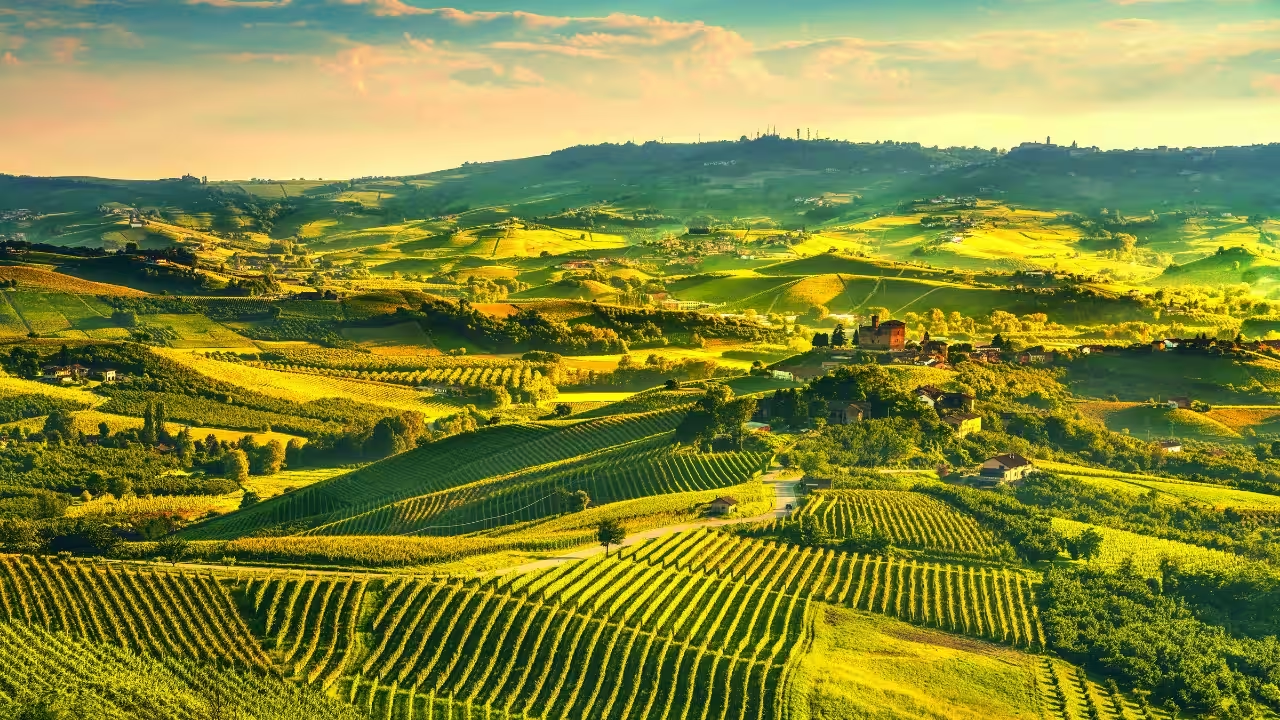In a continent increasingly shaped by shifting borders, climate anxiety, and the commodification of experience, beauty still commands attention. But the question today isn’t just where to go—it’s why we go. In Lonely Planet’s latest list of the 12 most beautiful places in Europe, the spotlight lands on destinations that stir awe, but also spark reflection.
From the Swiss National Park’s prehistoric stillness to the volcanic unrest of Stromboli, these sites are not merely photogenic—they’re symbolic. Each destination tells a story of resistance: against homogenized tourism, climate degradation, or even cultural amnesia.
Take Stromboli, Italy’s constantly erupting volcanic island. Visitors hike its black slopes to watch the Earth exhale fire. It’s sublime, yes—but also a reminder of how nature defies containment. As tourism authorities debate how to protect such fragile ecosystems, Stromboli becomes both a destination and a dilemma.
In Ireland’s Ring of Kerry, folklore and salt-laced winds blur the line between myth and history. But with rising tourism pressure, how long can these quiet coasts remain intact before they’re reshaped by cruise routes and influencer itineraries?
The Azores, described as Europe’s “best-kept secret,” now face the familiar paradox: visibility brings economic revival—but also ecological strain. As more travelers search for “undiscovered” corners, destinations must brace for waves of exposure they are often ill-equipped to absorb.
Meanwhile, regions like the Lofoten Islands in Norway and Parque Nacional del Teide in Spain force another reckoning: how do you balance awe with accountability? These places, both raw and remote, are magnets for those seeking meaning—but too often they’re reduced to digital trophies.
Even cities are not immune. Stockholm, built across 14 islands and celebrated for its design ethos, embodies Europe’s modern paradox: progressive yet precarious. Rising rents, over-tourism, and the struggle to preserve local life beneath layers of global trendiness are reshaping the capital’s identity.
Lonely Planet’s selections are, without question, exquisite. Yet what lingers is not just their surface beauty—but the tension underneath. In the rush to experience “authenticity,” travelers risk overwhelming the very essence of the places they seek.
What happens when Europe’s most beautiful places become its most vulnerable?
Perhaps it’s time to reimagine what travel means in the 21st century. Not a conquest of vistas, but a conversation with place. A form of cultural diplomacy where presence demands responsibility.
Beauty, after all, is no longer enough. We must ask harder questions: What do we give back to the places we take from?






